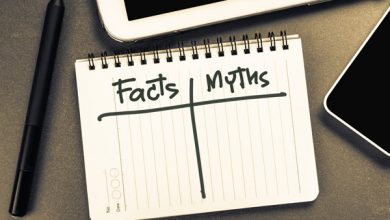Keto 101
What is the Ketogenic Diet?

Your body adapts to nearly any situations it ends up in, health and fitness professionals count on this to get desired results. The ‘keto’ diet is one of the ways people are trying to achieve a healthier lifestyle!
A Ketogenic diet is a low carb diet, which limits carbs to induce “ketosis” in your body. Eating food with very few carbohydrates forces your body into a metabolic state where your liver manufactures ‘ketones’ by breaking down fats you have stored there.
When you eat high carb foods, your body produces glucose, which it breaks down to manufacture energy. Glucose is the easiest molecule for your body to break down to make energy, and your body taps it first and ignores other potential sources of energy.
One of those other sources is the fat, which gets stored in your body, adding to your weight.
During ketosis, your body utilizes the stored fats as an alternative fuel source because there aren’t any carbohydrates available to burn. The stored fats are metabolized in the liver to produce ketones. These ketones are burned to generate energy for your body to use. As you might imagine, this causes you to lose weight quicker.
The keto diet has several variations. However, the most basic things to keep in mind are:
- Restrict your carbohydrates. Attempt to stay below 20g net carbs and below 35g total carbs per day. Fewer carbs mean your body is encouraged to find an alternative fuel source creating an environment where ketosis is more likely to occur.
- Reduce your protein intake. Keep your protein intake between 0.6g and 0.8g protein per pound lean body mass. You must keep your protein intake less to prevent gluconeogenesis which is a process that prevents ketosis from developing.
- Focus on fatty foods. Consume a good amount of fats daily since these are your primary source of energy. Keep your body from going into starvation as this is not a long-term solution to promoting ketosis. Making a keto diet a daily part of your life is a better way to go about your objective of losing weight.
- Keep hydrated. Be sure you stay hydrated by drinking enough water as this regulates your body functions and controls your hunger levels. People on the keto diet often suffer from constipation. This may occur because of the reduction in sugar consumption and appetite suppression, which occurs as a result of ketosis.
- Control your snacking tendencies. Prevent yourself from having snacks throughout the day in order to further speed up the process of losing weight and inducing ketosis.
- Include a workout routine on the side. This significantly increases your chances of obtaining desired results because your body then requires more energy and burns more fat, causing you to lose weight effectively.
Ketosis has several benefits for your body. The aforementioned benefit of weight loss is one fitness junkies capitalize on. However, other benefits include a healthy suppression of hunger, improved mental health and even improved athletic productivity.




